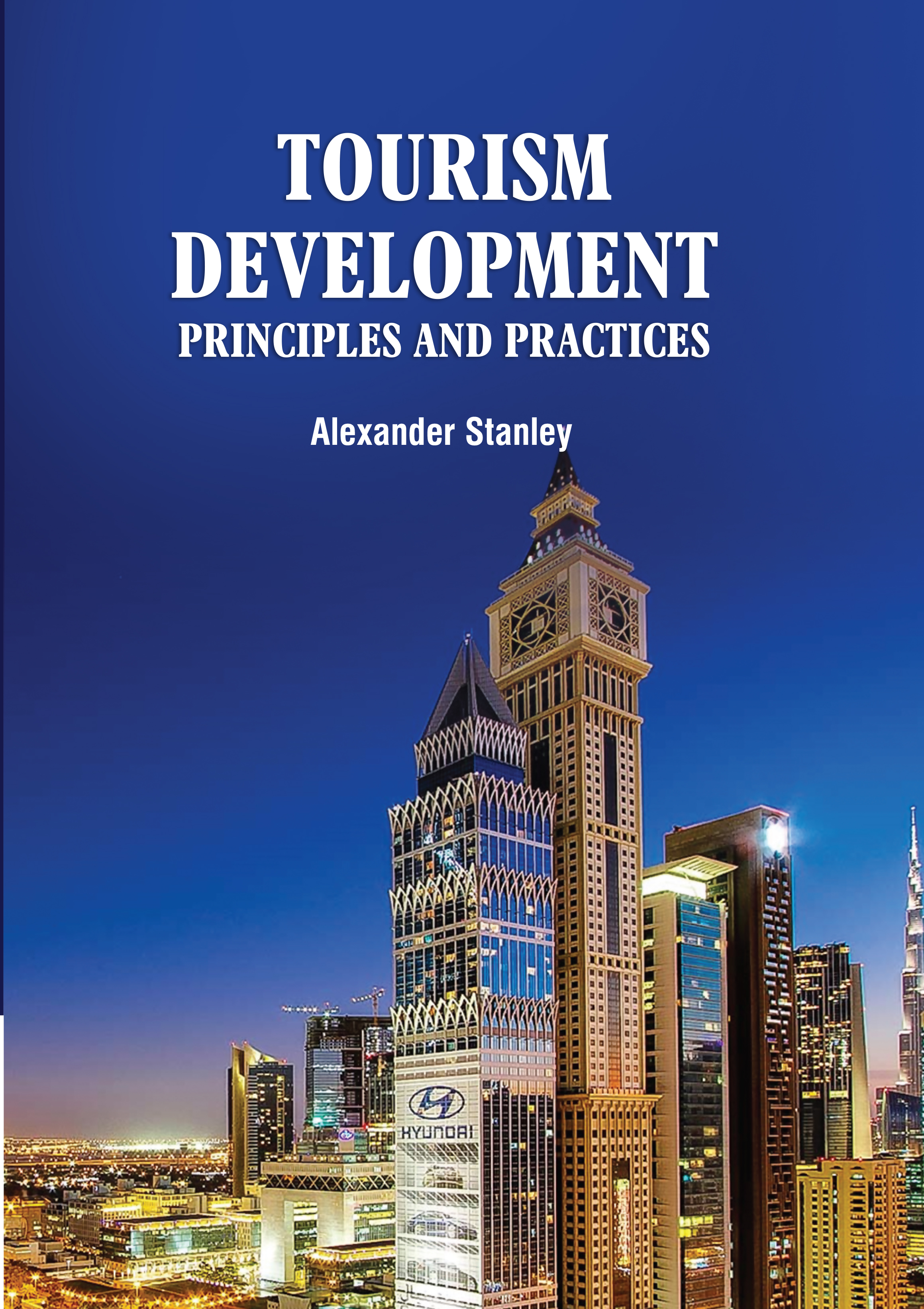
Tourism Development: Principles and Practices
by Alexander Stanley
| ISBN | 9789372427325 |
|---|---|
| Publisher | Digital Drive Learning |
| Copyright Year | 2026 |
| Price | $265.00 |

by Alexander Stanley
| ISBN | 9789372427325 |
|---|---|
| Publisher | Digital Drive Learning |
| Copyright Year | 2026 |
| Price | $265.00 |
Development can be viewed from various dimensions, however, for the purpose of this current session, we use the following definition of economic development: Economic development is a process of economic transition that involves the structural transformation of an economy and a growth of the real output of an economy over a period of time. It is a long run concept. Structural transformation is achieved through modernization and industrialization and is measured in terms of the relative contribution to gross domestic product of agriculture, industry and service sectors. The potential of tourism to contribute to development is widely recognized in the industrialized countries, with tourism playing an increasingly important role and receiving government support. Tourism along with some other activities like financial services and tele-communications is a major component of economic strategies. Tourism has become a favoured means of addressing the socio- economic problems facing rural areas on one end, while enhancing development of urban areas on the other. Tourism plays a very important role in the economies of many countries. Earnings from tourism-related activities contribute a considerable portion to their GDPs. Tourism is now being viewed as a significant tool and an important strategy in achieving economic growth in these countries. The WTO is convinced that tourism has considerable potential for growth in many developing countries and Less Developed Countries where it is a significant economic sector and promising high growth rate; and that it has advantages when compared with other economic sectors. Tourism plays an important role in economic development at community, national, regional and global levels by using natural resources and environments as key physical inputs. In making use of the environment and natural resources, the negative impacts have to be minimized to assure sustainable use, as well as generate enough tourism revenue to reinvest a certain portion of funds. The reinvestment should aim at enhancing the quality of the resources and build the management capacity at various levels. This book is written in a simple and in plain language with introduction to tourism that assumes no prior knowledge of what tourism is and how it effects our everyday life.